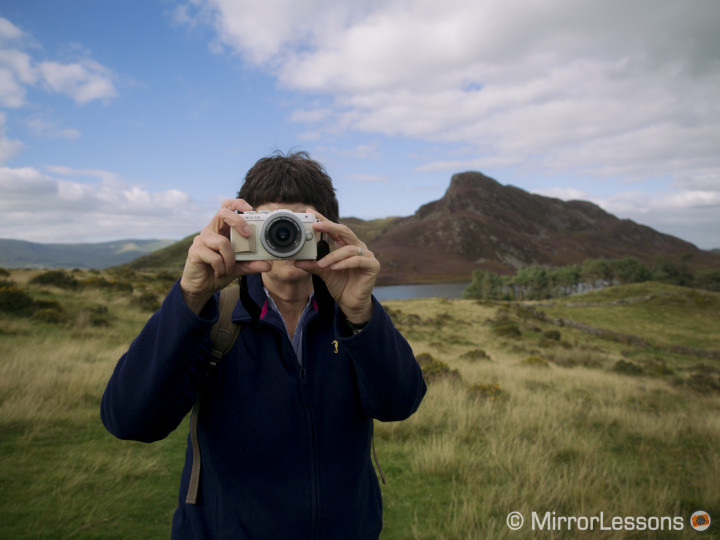When Mathieu and I write our camera reviews, our experience with the various cameras we’ve used in the past can sometimes skew our perception of the new models we test, especially those that are intended for an amateur audience. This is only natural, as many of the functions, dials, menus and buttons present on the first mirrorless cameras we tested continue to appear on subsequent models as well.
It is for this reason that we handed the new Olympus Pen E-PL7 over my mum, who has only ever used simple $100 point-and-shoot cameras and more recently, her iPad Mini to take photos. Since she had never used a mirrorless camera before, her thoughts and opinions helped us gain fresh insight into the camera from a complete beginner’s point of view.
Guest post written by Christine Broster
A few years ago, my daughter Heather gave me her little Olympus 850 SW, an 8.0 megapixel, shock proof and waterproof camera, and I was thrilled. It has been a great little camera that I slip in my bag and carry everywhere. It has come in handy on many occasions when I have wanted to capture a scene or a special moment. For example, on the way to my Welsh class one Autumn morning, a group of sheep strayed across the road followed by two bounding sheep dogs and the farmer in his car, so out came the camera, which was already in my bag.
The camera took a passable picture but it does have its limitations, such as a low megapixel count and a limited zoom. It only functions well in ideal conditions and, as it was a bit misty this particular day, I didn’t take a particularly good picture but it did capture the moment.

I have had the opportunity over the past two weeks, again courtesy of my dear daughter, to be one of the first to use the yet to be released Pen E-PL7 Olympus digital camera. It has been a new experience for me as an amateur point-and-shoot photographer to have access to a digital camera which creates good quality pictures on the ‘auto’ setting but also allows you to use your own creativity by experimenting with the aperture, shutter speed, ISO and interchangeable lenses. I must admit that it will take a bit of practice to understand the relationship between the settings but I found it is worth the effort to achieve a much more professional picture.
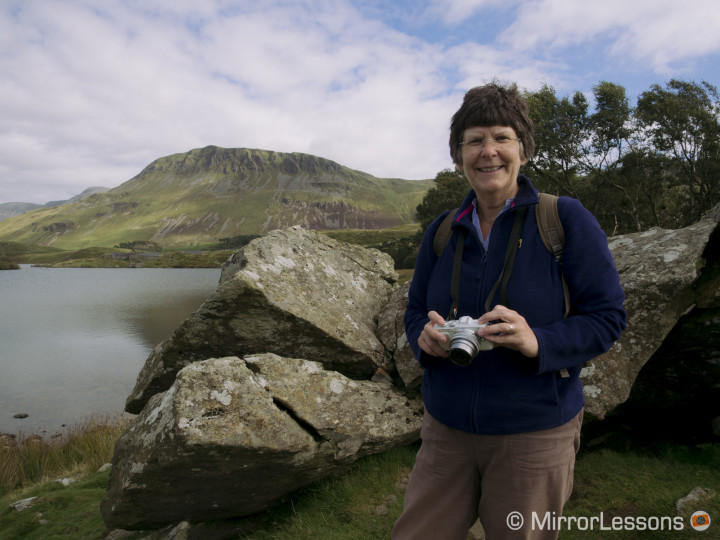
The camera is well designed with easy-to-manoeuvre dials and a well-placed on/off button. I find it very attractive with its white body and accented beige thumb and finger grip. Though the design is obviously targeting women, my husband also felt it was a very appealing design.
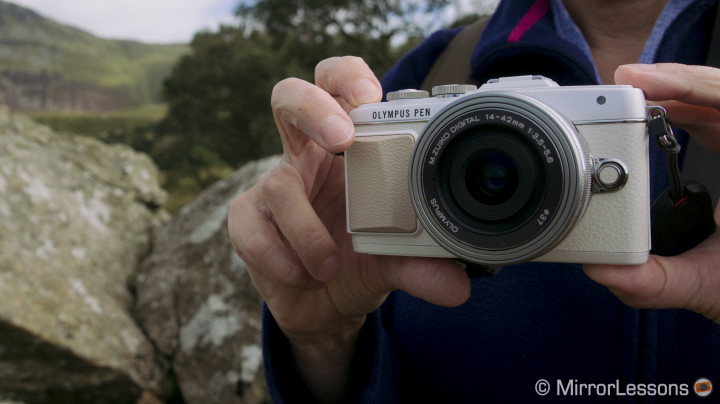
It is obviously more substantial than my little Olympus but it is still small and lightweight, even though it incorporates a larger kit zoom and a flexible tilt screen. It still fits comfortably in a smallish bag and it doesn’t look or feel cumbersome when worn around the neck. For this reason, it is being advertised as the perfect camera for fashion-conscious women, but it accompanies crop pants, ankle socks and hiking shoes (my usual attire) equally well.
You also have the option of attaching various lenses. Doing so can unbalance the camera somewhat if you use a large lens like the Lumix 35-100mm, but with small kit zooms and primes, it is the perfect size, not to mention that the equivalent would be much bigger on a DSLR. For my purpose, I was happy to stick with the 14-42mm kit lens, as it is very compact and has a good range.
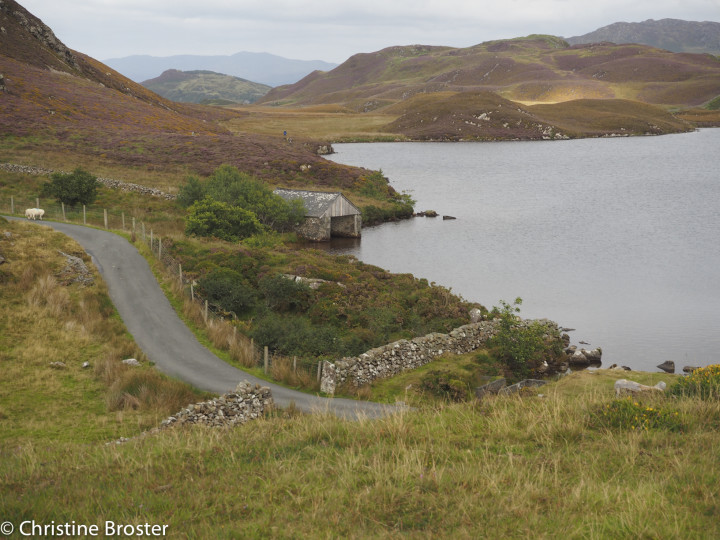
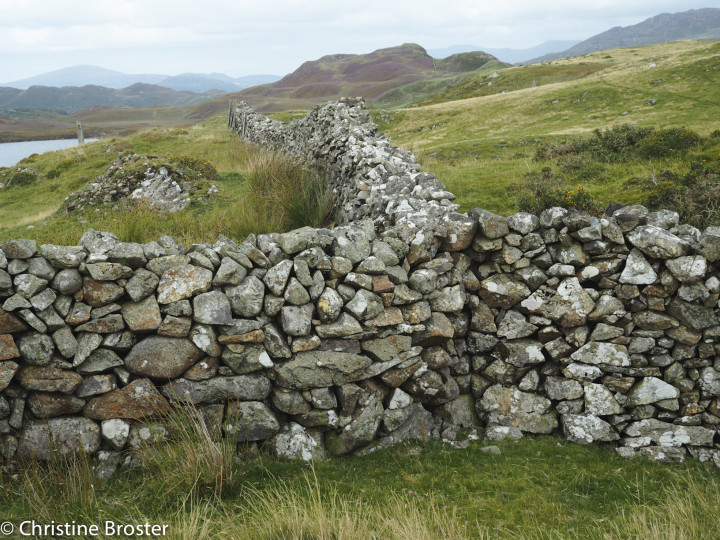
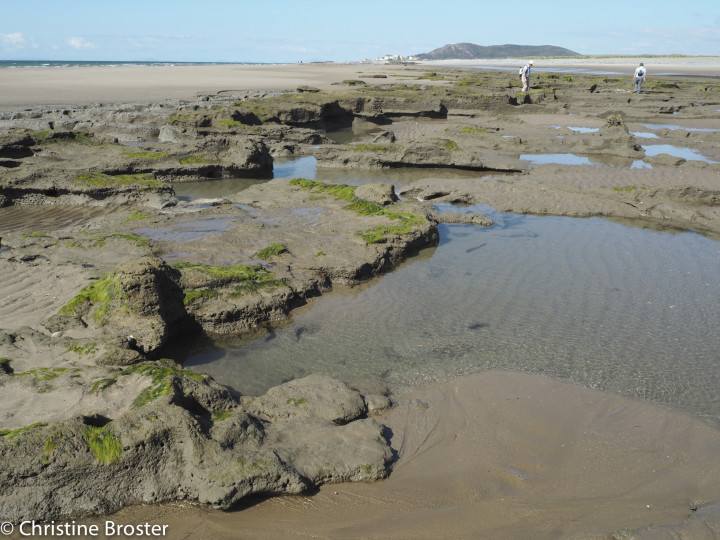
I am very familiar with the ‘scene’ settings such as ‘macro’, ‘sunset’, ‘documents’, ‘landscape’, ‘landscape & portrait’ etc. thanks to my old Olympus, and they can also be found, with variations, on the E-PL7. When I didn’t know how to change my settings, I found it easy to refer to these ‘scene’ settings and let the camera do the work.
Below you can see a small gallery of some of the pictures I took with the E-PL7 during our walks in Wales.
Since Heather told me that the Pen E-PL7 performs very well in low light, as a little experiment I decided to take the same image in low-light conditions using my Ipad, my little Olympus 850 SW and the E-PL7. Looking at the tablet screen, I actually thought that my Ipad took some rather nice pictures until I zoomed in to take a close look on the computer. The pictures taken with the Ipad and the Olympus 850 SW appear grainy and blotchy but the Olympus Pen took clear, unblemished images as you can clearly see from the pictures below. The flash wasn’t even necessary.
The great feature of this camera is the touch and tilt screen. One touch on the screen brings up a little green rectangle that gives you a point of focus. You can put the whole picture in focus or pinpoint one area, for example. It is a very useful feature. The screen can be tilted up at a 90 degree angle so you can look down at the image to be taken without having to squat or kneel and it tilts down 180 degrees for the ever popular ‘selfie’. I am not a big fan of the ‘selfie’ (see picture examples) but I know it is very popular with many and it was fun taking a picture of myself with my husband and daughter doing a thumbs-up to send to our son in Canada starting his first day of college, but overall it is easier taking this kind of picture from a tablet or smartphone.
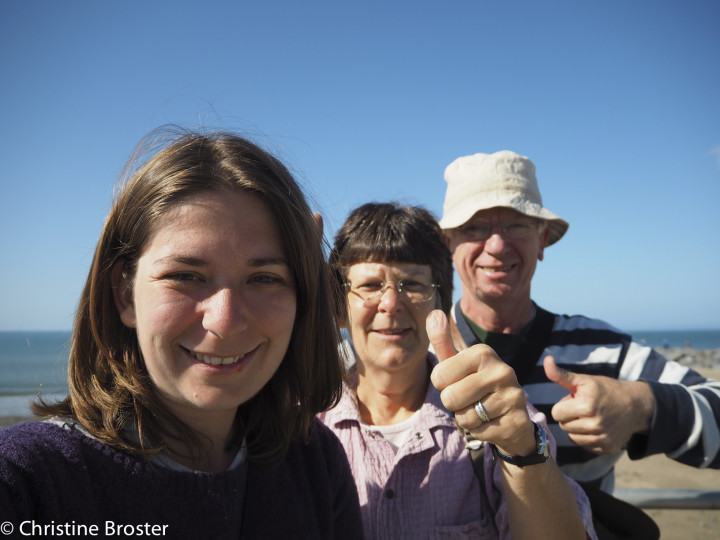
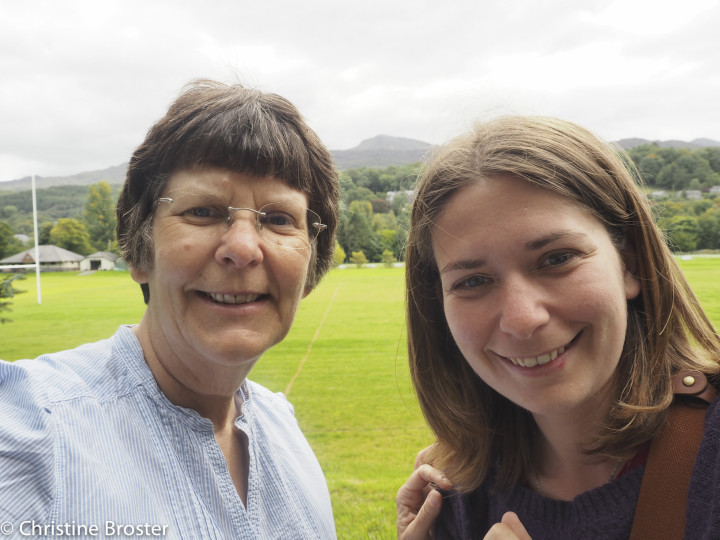
I did find some glare on the screen when I took some photos on a bright day so people who wear glasses coated with UV protection may find it easier to compose a picture with an external viewfinder like the VF-4 (not supplied with this camera). This issue isn’t specific to the E-PL7–it is actually a problem on any device with a screen such as a smartphone or a digital camera without a viewfinder.
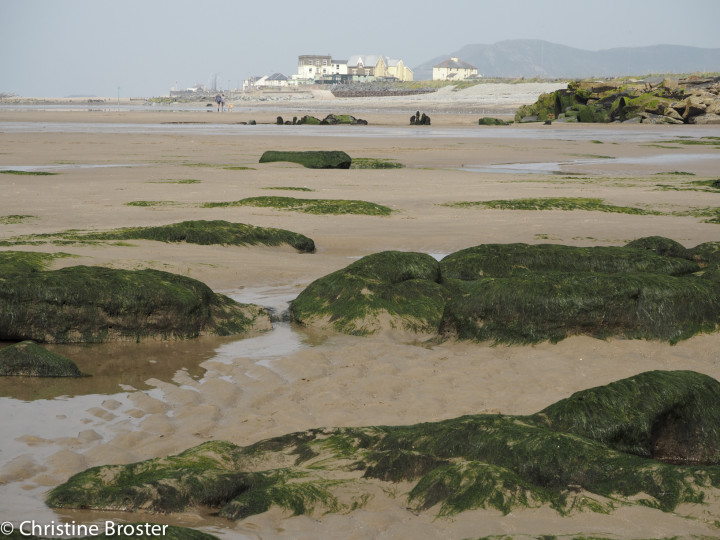
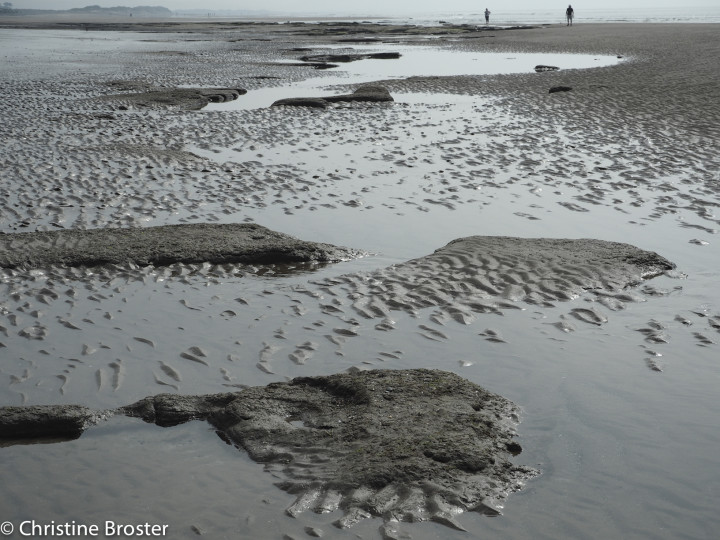
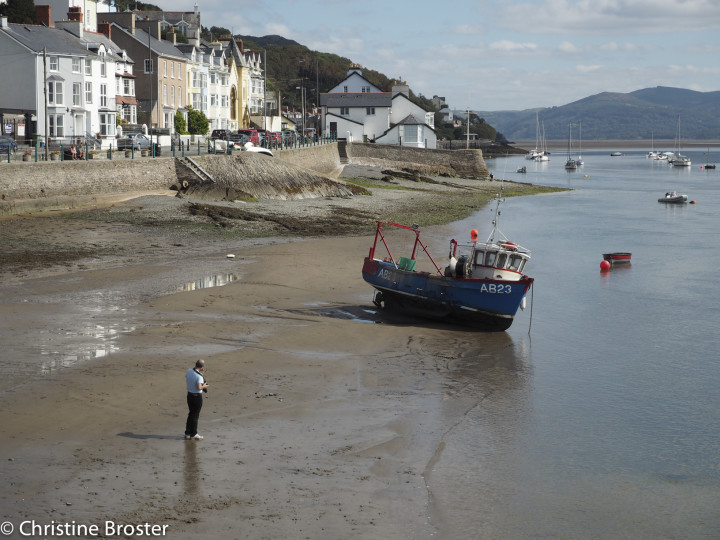
One feature that I really enjoyed using was the ‘Art’ feature which can make you look at an ordinary scene in a very different way. I focussed on a terra cotta pot of pink pelargoniums and purple lobelia, as well as other objects around the house, and experimented with each of the ‘Art’ settings such as: ‘pop art’, ‘soft focus’, ‘partial colour’, ‘watercolour’, ‘key line’, ‘vintage’, ‘dramatic tone’, ‘gentle sepia’, ‘grainy film’ etc. There are certain settings that I would probably never use, but I was very impressed with some of the results.
To conclude, another great feature of the E-PL7 is the WiFi capability which allows you to upload your photos to a tablet without a cable. I simply enabled the WiFi function on the camera, then I went to ‘Settings’ on my Ipad to find the camera’s WiFi signal, entered the password supplied and chose the pictures I wanted to upload – very easy and no fuss.
Overall, I have been very pleased with the camera and will be very sorry to give it back but it has given me the confidence to consider buying the E-PL7 or another Olympus model in the future!
